Residence United States Role Physicist Name Charles Townes | Fields Physics Nationality American | |
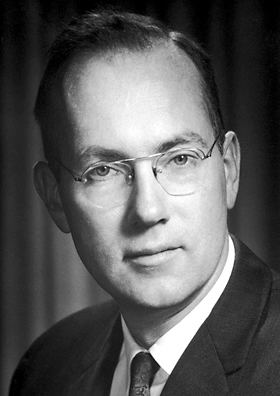 | ||
Institutions BerkeleyBell LabsInstitute for Defense AnalysesColumbia UniversityMITUniversity of Michigan Thesis Concentration of the heavy isotope of carbon and measurement of its nuclear spin (1939) Spouse Frances H. Brown (m. 1941–2015) Children Carla Townes, Ellen Townes, Holly Townes, Linda Townes Books Microwave Spectroscopy, Making Waves Similar People Arthur Leonard Schawlow, Nikolay Basov, Theodore Harold Maiman, Alexander Prokhorov, Gordon Gould | ||
Charles h townes moment of discovery nobel prize in physics 1964
Charles Hard Townes (July 28, 1915 – January 27, 2015) was an American physicist and inventor of the maser and laser. Townes worked on the theory and application of the maser, for which he obtained the fundamental patent, and other work in quantum electronics associated with both maser and laser devices. He shared the Nobel Prize in Physics during 1964 with Nikolay Basov and Alexander Prokhorov. Charles was an advisor to the United States Government, meeting every US President from Harry Truman (1945) to Bill Clinton (1999).
Contents
- Charles h townes moment of discovery nobel prize in physics 1964
- Charles h townes on new discoveries nobel prize in physics 1964
- Early life
- Career and research
- Astrophysics
- Molecular Astronomy
- Galactic Center
- Shapes and sizes of stars
- Personal life and legacy
- Science and Religion
- Selected publications
- Awards and honors
- References

He directed the US government Science and Technology Advisory Committee for the Apollo flights, which was effective at making the program a success on schedule without exceeding its budget. After becoming a professor of the University of California at Berkeley during 1967, he began an astrophysical program that produced several important discoveries, for example the black hole at the center of the Milky Way Galaxy.
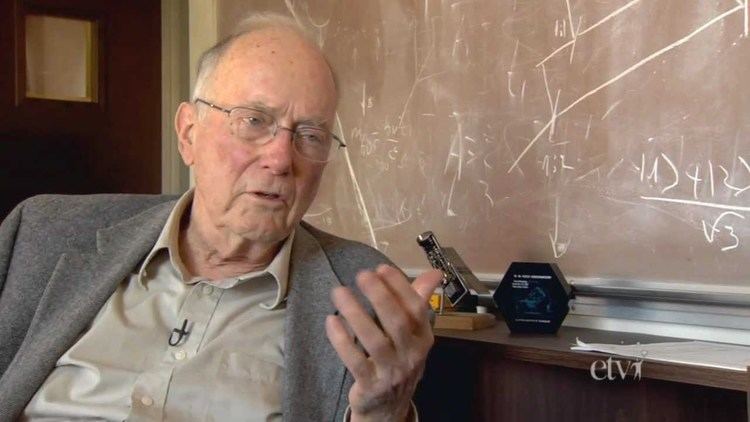
Townes was religious and believed that science and religion are converging to provide a greater understanding of the nature and purpose of the universe.
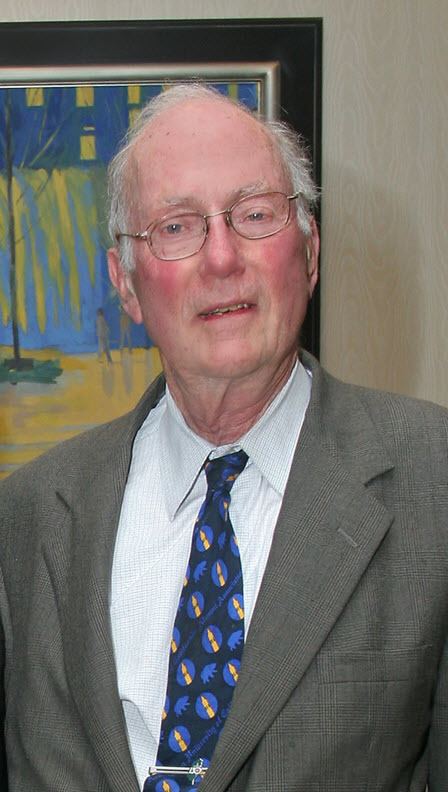
Charles h townes on new discoveries nobel prize in physics 1964
Early life
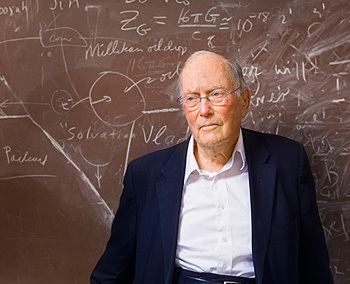
Townes was born in Greenville, South Carolina, the son of Henry Keith Townes (1876-1958), an attorney, and Ellen Sumter Townes (née Hard; 1881-1980). He earned his B.S. in Physics and B.A. in Modern Languages at Furman University, where he graduated during 1935. Townes completed work for the Master of Arts degree in Physics at Duke University during 1937, and then began graduate school at the California Institute of Technology, from which he received a Ph.D. degree during 1939. During World War II he worked on radar bombing systems at Bell Labs.
Career and research

Townes was appointed Professor during 1950 at Columbia University. He served as Executive Director of the Columbia Radiation Laboratory from 1950 to 1952. He was Chairman of the Physics Department from 1952 to 1955.
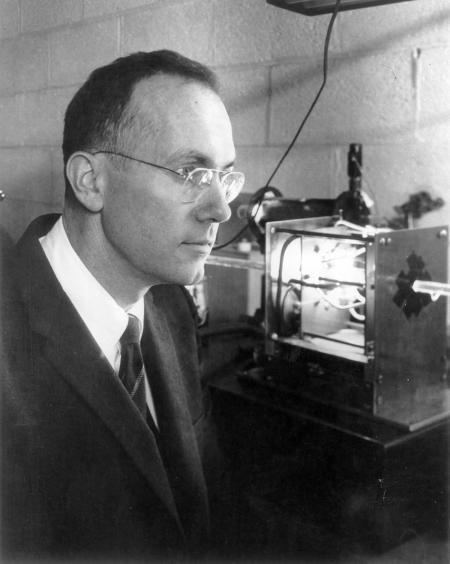
During 1951 he conceived a new way to create intense, precise beams of coherent radiation for which he invented the acronym maser (for Microwave Amplification by Stimulated Emission of Radiation). When the same principle was applied to higher frequencies the term laser was used (the word light substituting for the word microwave).

During 1953, Townes, James P. Gordon, and H. J. Zeiger built the first ammonia maser at Columbia University. This device used stimulated emission in a stream of energized ammonia molecules to produce amplification of microwaves at a frequency of about 24.0 gigahertz.
From 1959 to 1961, he was on leave of absence from Columbia University to serve as Vice President and Director of Research of the Institute for Defense Analyses in Washington, D.C., a nonprofit organization which advised the U.S. government and was operated by eleven universities. Between 1961 and 1967 Townes served as both Provost and Professor of Physics at the Massachusetts Institute of Technology. Then, during 1967, he was appointed as a Professor of Physics at the University of California at Berkeley, where he remained for almost 50 years; his status was as professor emeritus by the time of his death during 2015. Between 1966 and 1970, he was chairman of the NASA Science Advisory Committee for the Apollo lunar landing program.
For his creation of the maser, Townes along with Nikolay Basov and Alexander Prokhorov received the 1964 Nobel Prize in Physics. Townes also developed the use of masers and lasers for astronomy, was part of a team that first discovered complex molecules in space, and determined the mass of the supermassive black hole at the centre of the Milky Way galaxy.
During 2002–3, Townes served as a Karl Schwarzschild Lecturer in Germany and the Birla Lecturer and Schroedinger Lecturer in India.
Astrophysics
This information is drawn from the authoritative oral history on Charles Townes done by the Bancroft Library at UC Berkeley and underwritten by the Sloan Foundation. Refer to other aspects of his life too.
Molecular Astronomy
When Charles failed to be promoted to President of MIT during 1967 he accepted an offer from Clark Kerr to join UC Berkeley and begin an astrophysical program. Charles soon began searching for molecules in space. At the time most astronomers thought molecules could not exist in space because UV rays would destroy them. Townes eventually discovered ammonia and water in dust clouds that shielded them from damaging rays by essentially doing microwave spectroscopy on the sky. This created the topic of molecular/millimeter astronomy which continues to find many complex molecules, some the precursors to life.
Galactic Center
The Galactic Center had long puzzled astronomers, and thick dust obscured its view. Charles worked together with John Lacy, Neal Evans, Reinhard Genzel and Mike Werner. When the team studied Sagittarius A which is at the galactic center, they observed neon gas swirling around at such a velocity that SgrA's mass must be equal to 3 million solar masses. In such a small space this indicated a supermassive black hole, one of the first black holes observed in our universe.
Shapes and sizes of stars
Charles' most recent technological creation has been the Infrared Spatial Interferometer (ISI) with Walt Fitelson, Ed Wishnow and others. The project combines three mobile infrared detectors aligned by lasers that study the same star. If each telescope is 10 meters from the other, it creates an impression of a 30 meters lens. ISI observations of Betelgeuse, a Red Giant that is the shoulder of the constellation Orion found it is increasing and decreasing in size at the rate of 1% per year, and 15% over 15 years. ISI produces extremely high angular and spatial resolution and the technology is also playing an important role in the search for extraterrestrial life in collaborations with Dan Werthimer of SETI.
Personal life and legacy
Townes married Frances H. Brown, an activist for the homeless, during 1941. They lived in Berkeley, California and had four daughters, Linda Rosenwein, Ellen Anderson, Carla Kessler, and Holly Townes.
A religious man and a member of the United Church of Christ, Townes believed that "science and religion [are] quite parallel, much more similar than most people think and that in the long run, they must converge". He wrote in a statement after winning the Templeton Prize during 2005: "Science tries to understand what our universe is like and how it works, including us humans. Religion is aimed at understanding the purpose and meaning of our universe, including our own lives. If the universe has a purpose or meaning, this must be reflected in its structure and functioning, and hence in science."
Townes died at the age of 99 in Oakland, California, on January 27, 2015. "He was one of the most important experimental physicists of the last century," Reinhard Genzel, a professor of physics at Berkeley, said of Townes. "His strength was his curiosity and his unshakable optimism, based on his deep Christian spirituality."
Science and Religion
Townes' opinions concerning science and religion were expounded in his essays "The Convergence of Science and Religion," "Logic and Uncertainties in Science and Religion," and his book Making Waves. Charles always felt that the beauty of nature is "obviously God-made" and that God created this universe for humans to emerge and flourish. He prayed every day and ultimately felt that religion is more important than science because it addresses the most important long-range question: the meaning and purpose of our lives. Charles' belief in the convergence of science and religion is based on claimed similarities:
1. Faith. Townes argues that the scientist has faith much like a religious person does, allowing him/her to work for years for an uncertain result.
2. Revelation. Townes claims that many important scientific discoveries, like his invention of the maser/laser, occurred as a "flash" much more akin to religious revelation than interpreting data.
3. Proof. During this century the mathematician Godel discovered there can be no absolute proof in a scientific sense. Every proof requires a set of assumptions, and there is no way to check if those assumptions are self-consistent because other assumptions would be required.
4. Uncertainty. Townes believed that we should be open-minded to a better understanding of science and religion in the future. This will require us to modify our theories, but not abandon them. For example, at the start of the 20th century physics was largely deterministic. But when scientists began studying the quantum mechanics they realized that indeterminism and chance play a role in our universe. Both classical physics and quantum mechanics are correct and work well within their own bailiwick, and continue to be taught to students. Similarly, Townes believes growth of religious understanding will modify, but not make us abandon, our classic religious beliefs.
Selected publications
Townes work was published widely in books and peer-reviewed journal articles, including:
Awards and honors
Townes was widely recognized for his scientific work and leadership.
